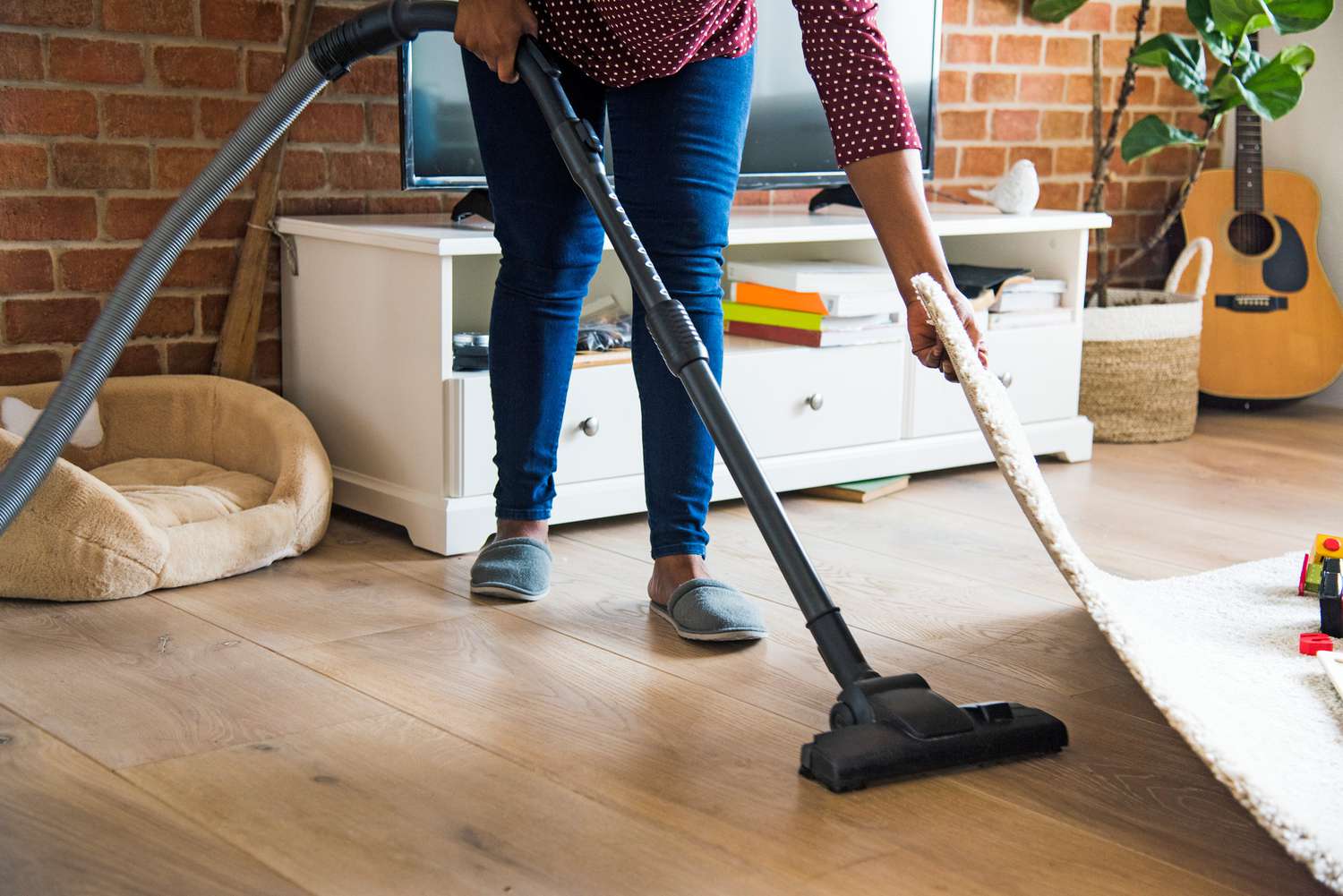Maintaining spotless floors can be a challenge, especially in busy households or high-traffic areas. However, with the right techniques and a bit of know-how, you can mop like a pro and keep your floors looking their best. This article delves into essential mopping strategies, provided by the experts at amazing-maids.com, that ensure a thorough deep clean, leaving your floors pristine and hygienic.
Choose the Right Tools
The first step to effective floor cleaning is selecting the right mop and cleaning solutions. The type of flooring you have dictates the tools and cleaners you should use.
Selecting a Mop
For hardwood and laminate floors, choose a microfiber mop that cleans effectively without leaving excess water. For tile and stone, a string mop or spin mop works well to reach into grout lines and textured surfaces.
Cleaning Solutions
Use a cleaner appropriate for your floor type. While many all-purpose cleaners work across various surfaces, specialized cleaners for wood, tile, or stone can provide extra protection and care for those materials.
Prepare Your Space
Effective mopping starts with preparation. Removing dust and debris before you start wet cleaning will prevent you from simply pushing dirt around, according to http://customcleaningtc.com website.
Sweeping or Vacuuming
Always sweep or vacuum the floor thoroughly before mopping. This removes loose dirt and dust, ensuring that you’re truly cleaning the floor when you mop, not just spreading dirt around.
Remove Obstacles
Clear the floor of furniture, rugs, and any other obstacles to ensure you have easy access to the entire surface. This allows you to clean more efficiently and prevents missing spots.
Mopping Techniques
The technique you use to mop your floors can significantly affect the cleanliness and drying time, as well as how streak-free the end result is.
The Proper Mop Technique
Start mopping from the furthest corner of the room and work your way back towards the entrance to avoid walking on the cleaned areas. Use a figure-eight motion to maximize coverage and efficiency.
Keeping the Mop Clean
Rinse your mop frequently to avoid spreading dirty water. Change your mop water as soon as it looks dirty or after cleaning a particularly soiled section of floor.
Addressing Different Floor Types
Different flooring materials require different care to prevent damage and ensure they are cleaned effectively.
Hardwood Floors
Use minimal water on hardwood floors to avoid damage. A damp mop is sufficient. After mopping, go over the floor with a dry mop or cloth to remove any excess moisture.
Tile and Grout
For tile floors, use a cleaner with a neutral pH to avoid harming the grout. You can use a brush to scrub the grout lines if they are particularly dirty.
Laminate Floors
Laminate floors should not be cleaned with too much water, and steam mops should be avoided to prevent warping. Use a damp mop and a laminate-specific cleaner.
Drying and Buffing
Proper drying and buffing are key to avoiding streaks and ensuring your floors look their best after mopping.
Drying Techniques
Allow floors to air dry or use a clean, dry mop to speed up the process. Ensure good ventilation in the room to help moisture evaporate quickly.
Buffing the Floor
For added shine, especially on wood or tile, buff the floor with a dry microfiber cloth or use a buffer machine if available.
Maintenance Tips
Regular maintenance can reduce the need for frequent deep cleanings and keep your floors looking great every day. To maintain a sparkling home, consider creating a cleaning schedule that incorporates a mix of daily, weekly, bi-weekly or monthly cleanups, depending on the specific task and your needs.
Daily Dusting
Use a microfiber dust mop or cloth to pick up daily dirt and debris. This prevents the accumulation of grime that can make thorough cleaning more labor-intensive.
Immediate Spill Cleanup
Clean spills immediately to prevent staining, especially on porous materials like stone or untreated wood.
Fun Fact: A Clean Sweep
Did you know that mopping has been around since the 1400s? Initially, floors were cleaned using cloths and water until the mop as we know it today was patented in the 1890s.
In conclusion, mastering the art of floor cleaning isn’t just about keeping your home looking good—it also enhances the longevity of your flooring. By selecting the right tools, employing effective mopping techniques, and maintaining regular upkeep, you can ensure that your floors remain clean, protected, and beautiful for years to come. Understanding the specific needs of your flooring type and tackling spills and stains promptly further aids in maintaining pristine conditions. Embracing these practices not only uplifts the appearance of your home but also creates a healthier living environment by reducing allergens and bacteria on your floors.
